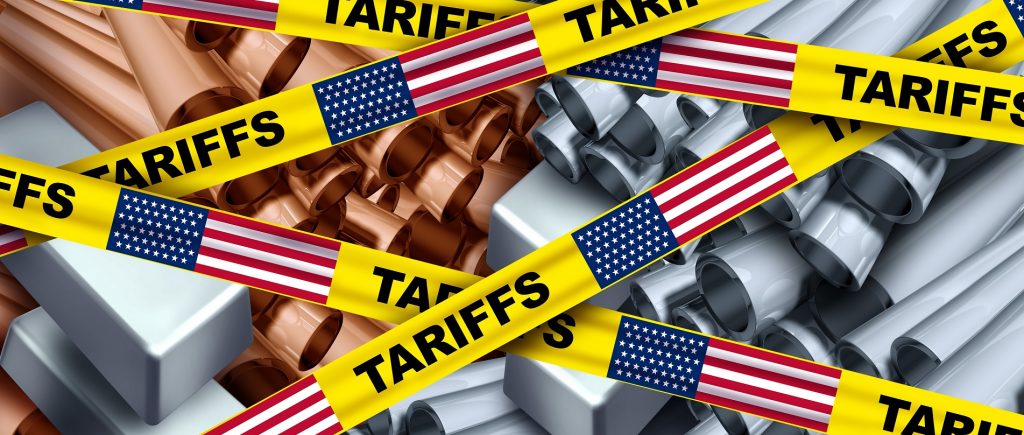The U.S. dollar surged on news of advancing trade talks, particularly with China. U.S. Commerce Secretary Howard Lutnick announced that both nations are finalizing a Geneva framework, targeting rare earth minerals essential for tech, from iPhones to military drones. China’s Commerce Ministry confirmed it’s reviewing export controls to ease restrictions, while the U.S. pledged to lift select countermeasures. This optimism pushed the dollar index to 97.27 points on Friday, up from 97.15, though it danced between 97.00 and 97.42. After months of tariff chaos—April’s 40% global tariff threat sent markets reeling—this progress offers hope. Yet, memories of 2018’s U.S.-China trade war, with its rollercoaster of threats and truces, keep markets wary. Can this deal deliver lasting stability, or is it another fleeting high?
A Global Trade Marathon
Treasury Secretary Scott Bessent is spearheading talks with ten key partners, including Japan, India, Vietnam, and Malaysia, aiming for agreements by Labor Day. A UK deal, sealed at the G7 summit, sets a hopeful tone, but negotiations with the EU remain mired in disputes over electronics and pharmaceuticals. Lutnick’s bold claim of ten imminent deals stirs excitement, yet history suggests caution. In 2019, similar talks faltered over complex issues like agricultural subsidies. For instance, a Nebraska farmer exporting corn to Japan could gain from lower tariffs, but unresolved barriers risk stalling progress. Bessent’s relaxed view of the July 8 deadline, now a soft target extending to Labor Day, eases pressure but raises questions about commitment. Markets crave clarity, not prolonged uncertainty.
Tariffs’ Ripple Effects
The U.S.-China tariff saga, once peaking at 145%, has hit consumers hard. Everyday items—car seats, clothing, even kitchen appliances—saw price spikes, while American farmers struggled as Chinese buyers shunned pricier U.S. exports like soybeans. The current 30% tariff deal with China, set to expire August 12, offers temporary relief, but the broader July 8 tariff deadline looms large. When Trump’s April tariff announcement rocked markets, the S&P 500 plummeted, only recently recovering 0.6% as fears subsided. A Minnesota electronics firm, reliant on Vietnamese components, could see costs drop if deals succeed, but failure risks reigniting inflation. Opponents argue that tariffs protect local industries, yet data shows they often burden consumers more, with a 2020 study estimating a $1,200 annual hit per U.S. household.
Steering Toward Stability
The U.S. stands at a pivotal moment. Robust trade agreements could lower prices, boost exports, and stabilize markets, benefiting industries from agriculture to manufacturing. A Georgia textile factory, for example, might thrive if Indian trade barriers fall, while tech firms could secure cheaper rare earths. But shallow deals or missed deadlines could spark chaos, as seen in 2018 when tariff hikes triggered a 10% S&P 500 drop. Bessent and Lutnick must navigate political pressures and complex issues like intellectual property rights, which derailed past talks. Extending deadlines buys time, but markets demand substance. The next two months will test whether these negotiations can forge a new trade landscape or unravel into another cycle of uncertainty, leaving consumers and businesses to bear the cost.

 Noor Trends News, Technical Analysis, Educational Tools and Recommendations
Noor Trends News, Technical Analysis, Educational Tools and Recommendations




